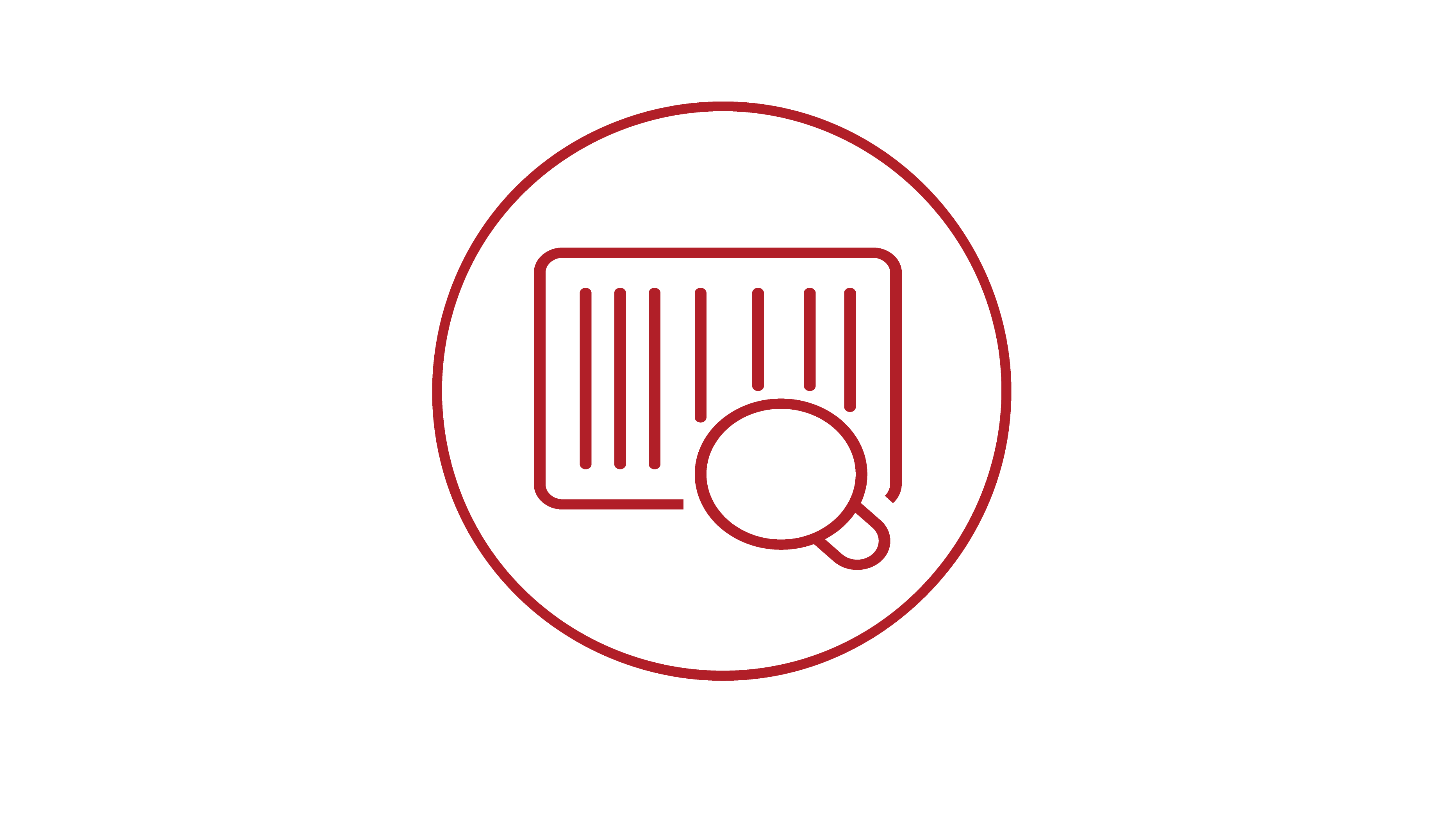
Hypothesis: Alignment with Labor Market Demands
October 6, 2020
Articulated Paths Aligned to Local Labor Market Demands
Intermediaries work with their K-12, postsecondary, and employer partners to align programming with local labor market demand using best-in-class, real-time, and traditional labor market information (LMI). Employers work with instructors to co-design high school and postsecondary programs to ensure that young people gain the skills and knowledge needed to succeed within their respective industries. The intermediary ensures that high school and postsecondary partners crosswalk their programs and codify agreements for articulation, credential granting, and transfer. Data systems track progress and monitor equity of access to in-demand careers for youth who are Black, Latinx, or experiencing poverty. Because LMI is a lagging indicator in the COVID-19 recovery, intermediaries and partners will need to monitor a wide range of data to accurately predict labor market openings.

Note: In the first year of this initiative, the Building Equitable Pathways intermediaries prioritized designing pathways aligned with labor market demand. Thus, we include four examples here, while there are fewer spotlights for other hypotheses in which the work is less developed.
Spotlight: Boys & Girls Club of Greater Memphis
Boys & Girls Club of Greater Memphis uses LMI to strategically align workforce program offerings with regional demand. For example, in response to an analysis of regional LMI, Boys & Girls Club of Greater Memphis is revising its thriving culinary arts program. The average yearly pay for food service workers in the Memphis region is $21,950. According to MIT’s Living Wage Calculator, this is below the salary required to afford necessities like food, clothing, shelter, child care, and transportation in the area. Through a review of LMI data, the organization discovered that there is growing demand for large-batch food preparers. The average yearly salary for this profession is $37,610, closer to a living wage for Memphis. Currently, Boys & Girls Club of Greater Memphis is exploring how to map the skills and certifications that young people gain in its culinary program in order to develop a pathway into higher paying culinary careers. It is also reevaluating and readjusting other career pathways training it offers.
Spotlight: CareerWise Colorado
CareerWise Colorado calls youth apprenticeship an “options multiplier [and] an enhancement, [ . . . ] a fast track to a middle-class career, or both.” To make this statement a reality, CareerWise Colorado’s partner employers provide apprenticeships in 12 in-demand occupations. In an important sense, each occupation must be “in demand” and driven by the needs of the market; an employer will only offer apprenticeships if the company anticipates hiring newly trained workers for those roles in the near future.
CareerWise Colorado ensures that youth can gain the technical and professional skills required for specific jobs that are available in the broad career categories they offer. For example, the manufacturing apprenticeship focuses on mechanical engineering and quality control technicians; financial services apprenticeships focus on claims representative and staff accountant positions. Junior coder and IT support are two of the apprenticeships offered in IT. Despite the COVID-19 pandemic, 70 percent of CareerWise Colorado apprentices were kept on by their companies, a testimony to the value of apprentices to their employers even when working remotely during an uncertain time.
Spotlight: HERE to HERE and CareerWise New York
For young people who want a more intensive work-based learning experience than an internship, HERE to HERE incubated a youth apprenticeship option. CareerWise New York is modeled after and partners with CareerWise Colorado. CareerWise New York connects high school students directly with employers in three-year, applied-learning experiences in IT, financial services, and business operations. More than 80 students are enrolled, with an additional 100 students starting in the fall of 2020. Over the course of the program, young people: 1) earn a high school diploma, 24 to 30 debt-free postsecondary credits through College Now, and industry-recognized credentials; 2) receive wages for their on-the-job training; and 3) gain valuable work experience and access to professional networks. CareerWise New York relies on a robust data system that allows it to monitor progress and track recruitment, enrollment, and retention.
CareerWise New York makes tangible the ways in which educators and employers need to partner, brings key partners to the table, and crystalizes key policy issues. By investing in CareerWise New York, HERE to HERE intends to develop the frameworks and partnerships needed not just to expand youth apprenticeship but also to lay the groundwork for an effective youth talent development system—one that works for young people, employers, and New York’s economy.
Spotlight: Rush Education and Career Hub, Rush University Medical Center
The Rush Education and Career Hub (REACH) is an employer-led intermediary housed within Rush University Medical Center (Rush). Rush is a healthcare-focused institution with a medical school and colleges of nursing and health science and has a long history of community engagement. REACH extends that commitment to the community by preparing the next generation of health care professionals. REACH used regional labor market analysis to select which health career pathway programs to develop from the many offerings at Rush. To keep their pathways up to date with labor market openings that provide good wages, REACH recently added app and software development and cybersecurity to their health informatics pathway. Expertise in health-related software is in high demand in many health care settings, so young people who trained at REACH are eagerly sought in the field.
REACH works closely with professionals in Rush’s various departments, who serve as employers and mentors of REACH interns. REACH hosts and places around 100 interns a year, 95 percent of them within Rush. To ensure quality, internship supervisors participate in training workshops and young people have peer mentors as well. REACH also developed off-site internships in community clinics and a veterinary practice in order to expand the number of youth who can participate in internship experiences. REACH also hosts 10 health IT apprentices in a three-year program that starts in high school and continues when participants are in college with paid part-time work of up to 20 hours per week.
Learn More About LMI
Click on the icons below to learn about the other five hypotheses and read spotlights that illustrate how the Building Equitable Pathways partners took on this work. The spotlights are intended to show theory in action and to support new intermediaries as they tackle the challenge of building equitable pathways that promote young people’s college and career success.
K-12 Partnerships
Strong partnership and alignment with local K-12 schools and districts
Postsecondary Partnerships
Strong partnership and alignment with local postsecondary institutions
Employer Partnerships
Strong partnership with the local employer community to advance opportunities for work-based learning
Sustainability
Sustainable business model
Policy
Policy agenda and supporting strategies

Building Equitable Pathways
Building Equitable Pathways is a community of practice working to create equitable pathways systems so that more Black and Latinx youth and young people experiencing poverty succeed in college and their future careers. Building Equitable…

Equitable Pathways Hypotheses Spotlights
The Building Equitable Pathways hypotheses guide the development of pathways that equitably support all young people, especially youth of color and youth who are experiencing poverty, in building rewarding and successful futures. Learn what the…